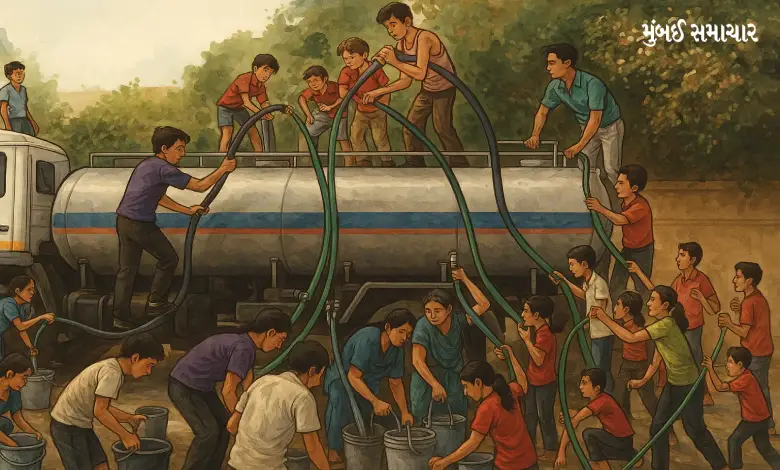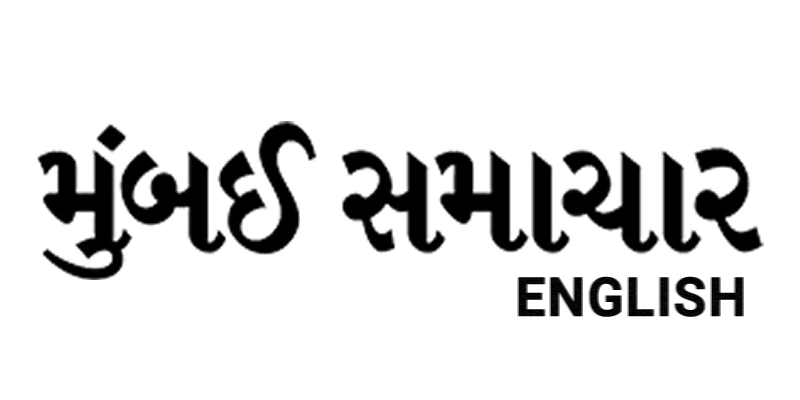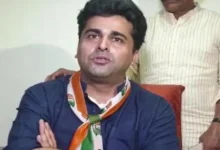
Ahmedabad: Amidst the intense summer heat, water levels in Gujarat’s reservoirs have declined by more than 50 percent. Currently, 54 reservoirs have water levels below 10 percent, and 6 reservoirs have completely dried up. Due to these continuously falling water levels, many rural areas have become dependent on water tankers.
Reservoirs with over 70% water level
Last year until May 17, Gujarat had 43 percent water storage. In comparison, the water level situation is slightly better this time. Reservoirs with over 70 percent water levels include Rajkot’s Aji-2, Bhadar-2, Nyari-2, Morbi’s Machhu-2, Mahisagar’s Vanakbori, Surendranagar’s Dholi Dhaja, Kutch’s Kalaghogha, Junagadh’s Ozat-Vir, Chhota Udepur’s Sukhi, and Bharuch’s Dholi.
Water shortage in Kutch
Kutch has the lowest water storage at just 30.08 percent. In Kutch, reservoirs like Kaila, Rudramata, Kasvati, and Mathal now have water levels below 10 percent. Exactly one month ago, on April 17, Kutch had 38 percent water storage. Thus, water levels have declined by about 8 percent in one month. Additionally, the 141 reservoirs in Saurashtra currently have 31.46 percent water storage. The water level situation in Saurashtra and Kutch regions is concerning.
Major reservoirs drying up
Major reservoirs with water levels below 50 percent include Banaskantha’s Sipu, Morbi’s Machhu-2, Brahmani, Aravalli’s Hathmati, Bhavnagar’s Shetrunji, Mehsana’s Dharoi-Kadana, Rajkot’s Bhadar, Tapi’s Ukai, and Valsad’s Damanganga. Despite the significant decrease in water levels, authorities claim the state will not face a water crisis. The good news is that the monsoon is expected to start early this year. The meteorological department has also provided optimism that this year’s monsoon will be normal to good.




